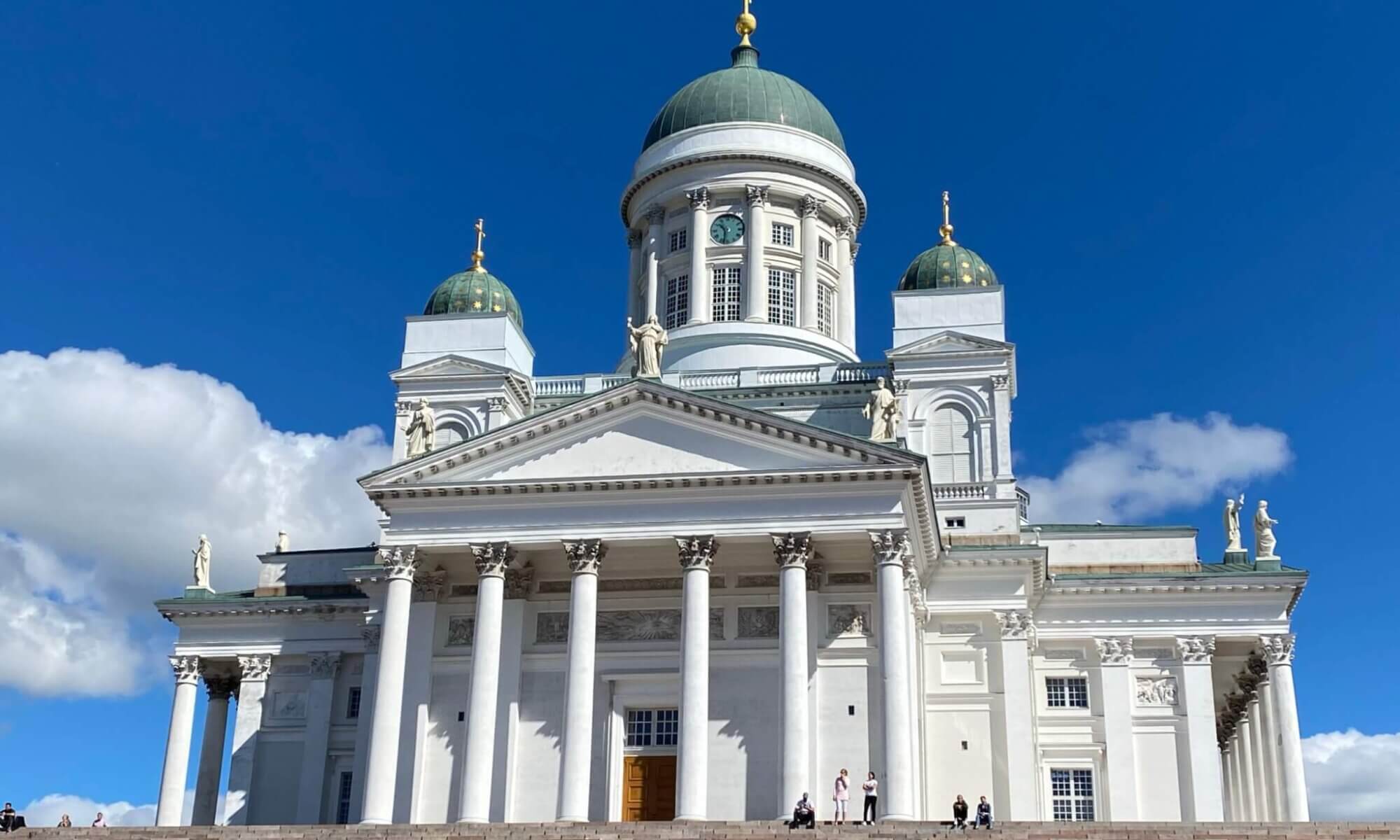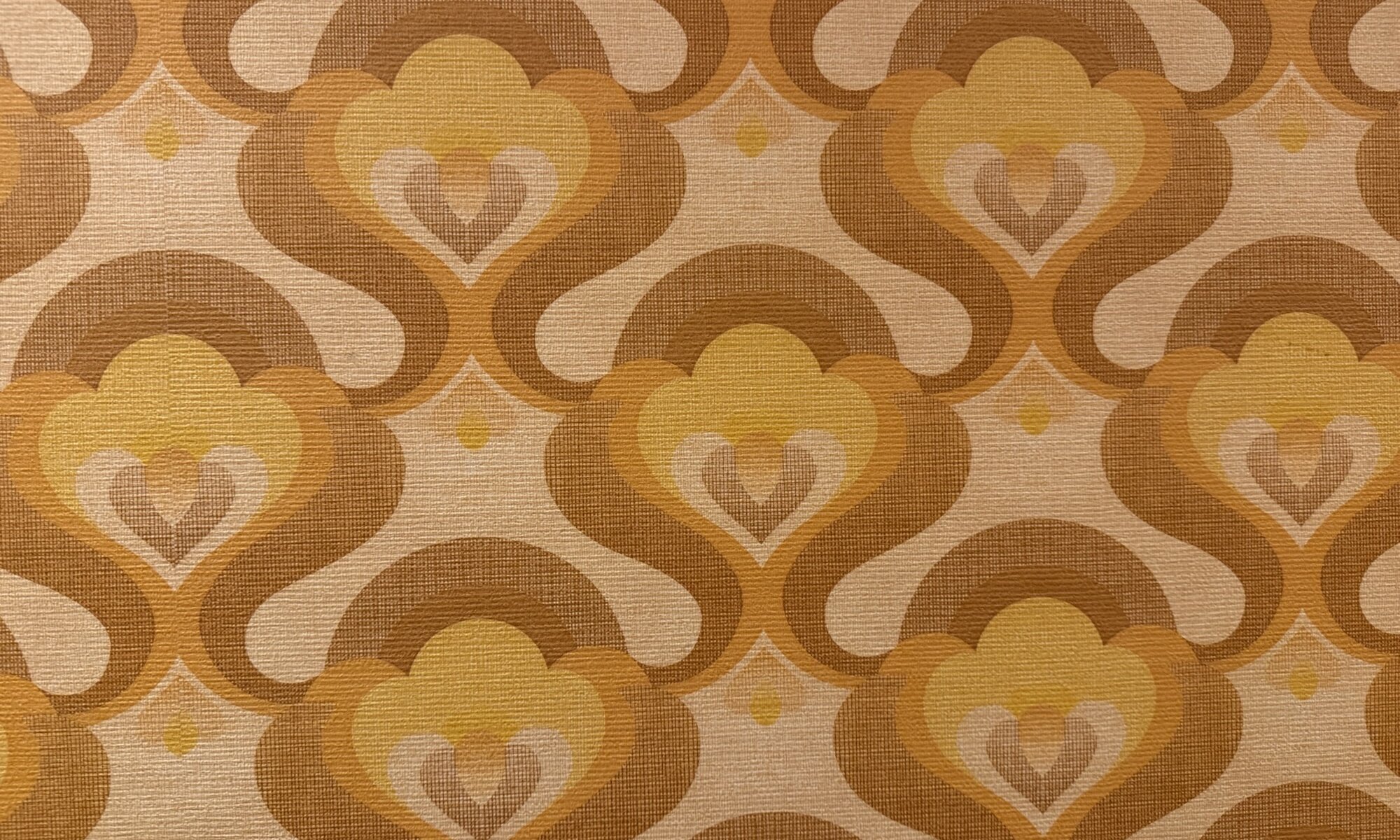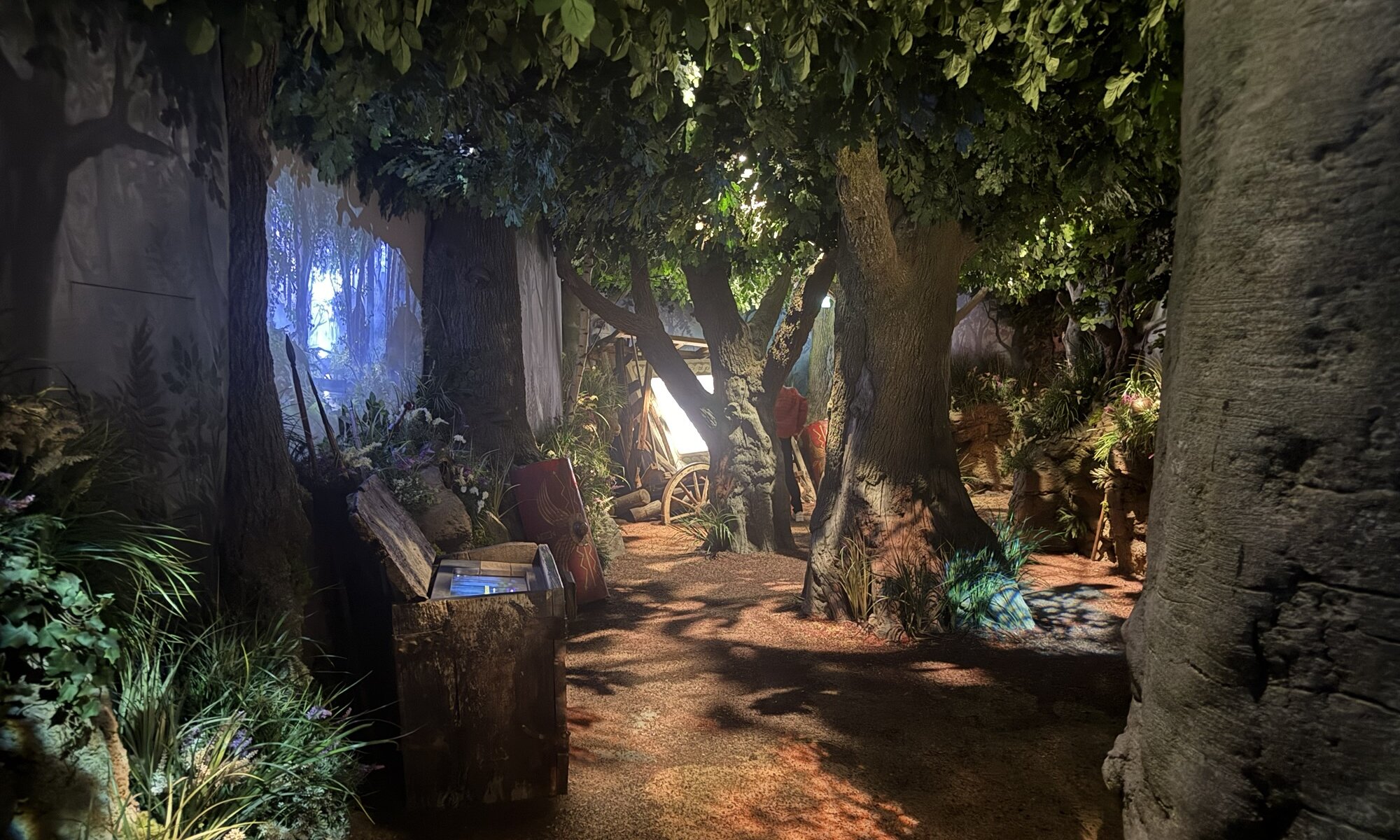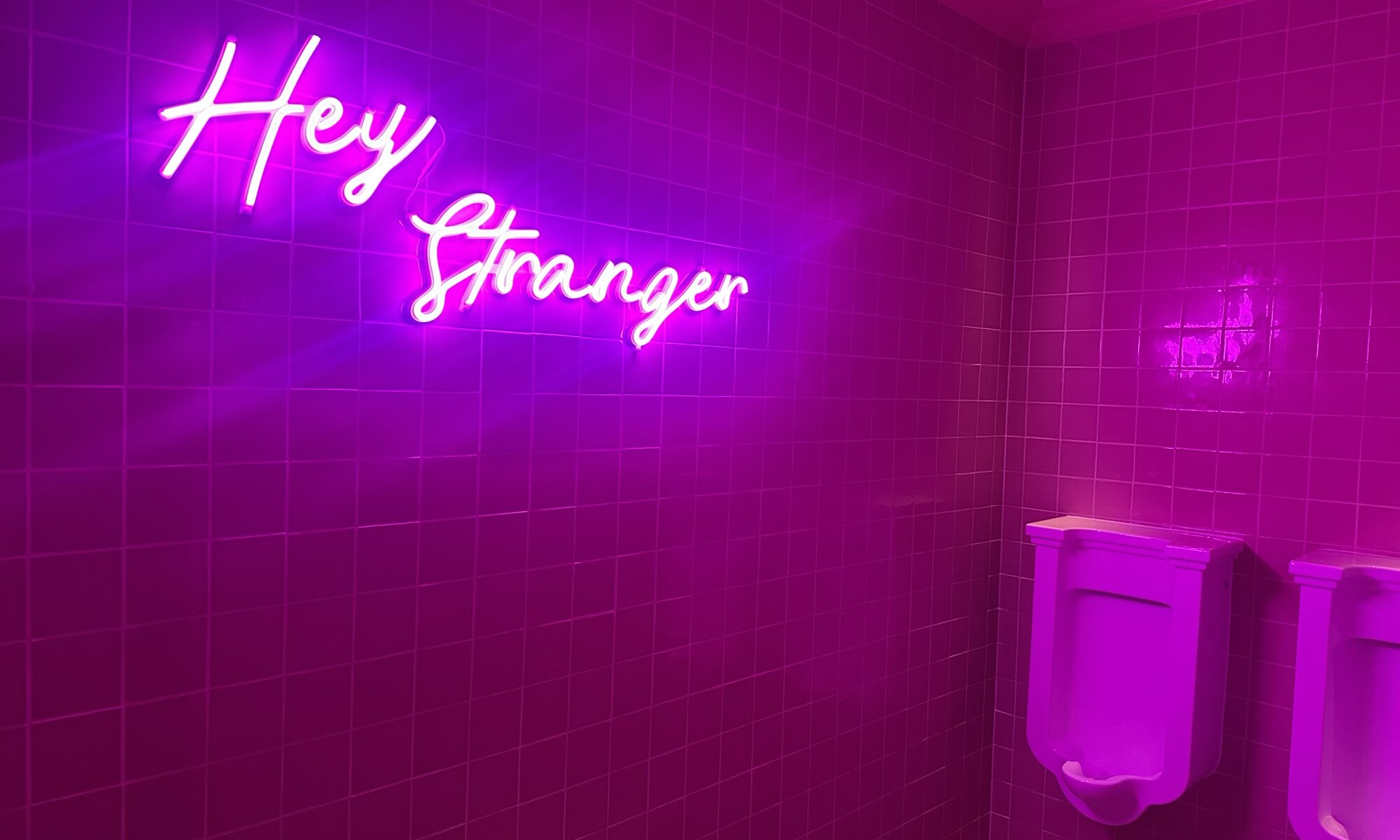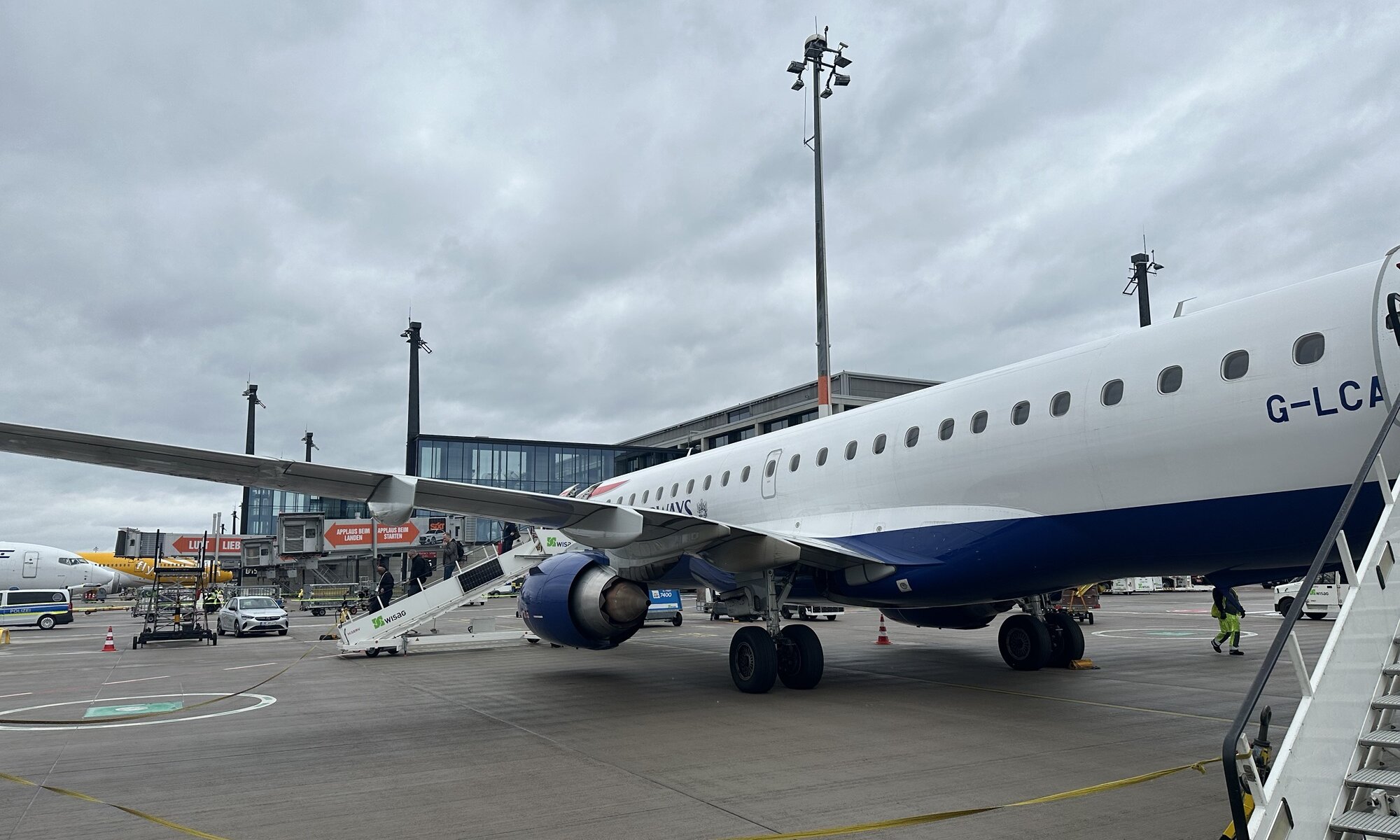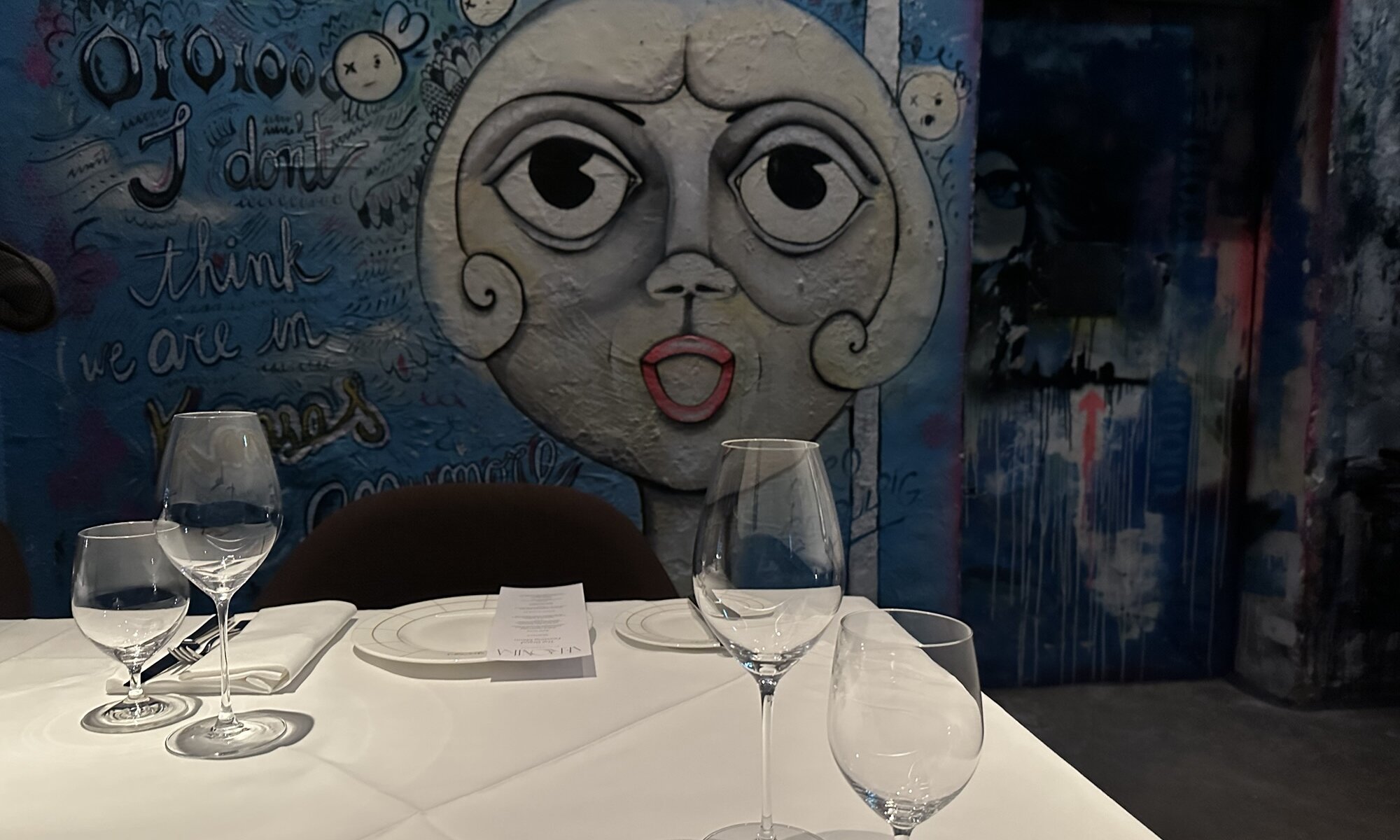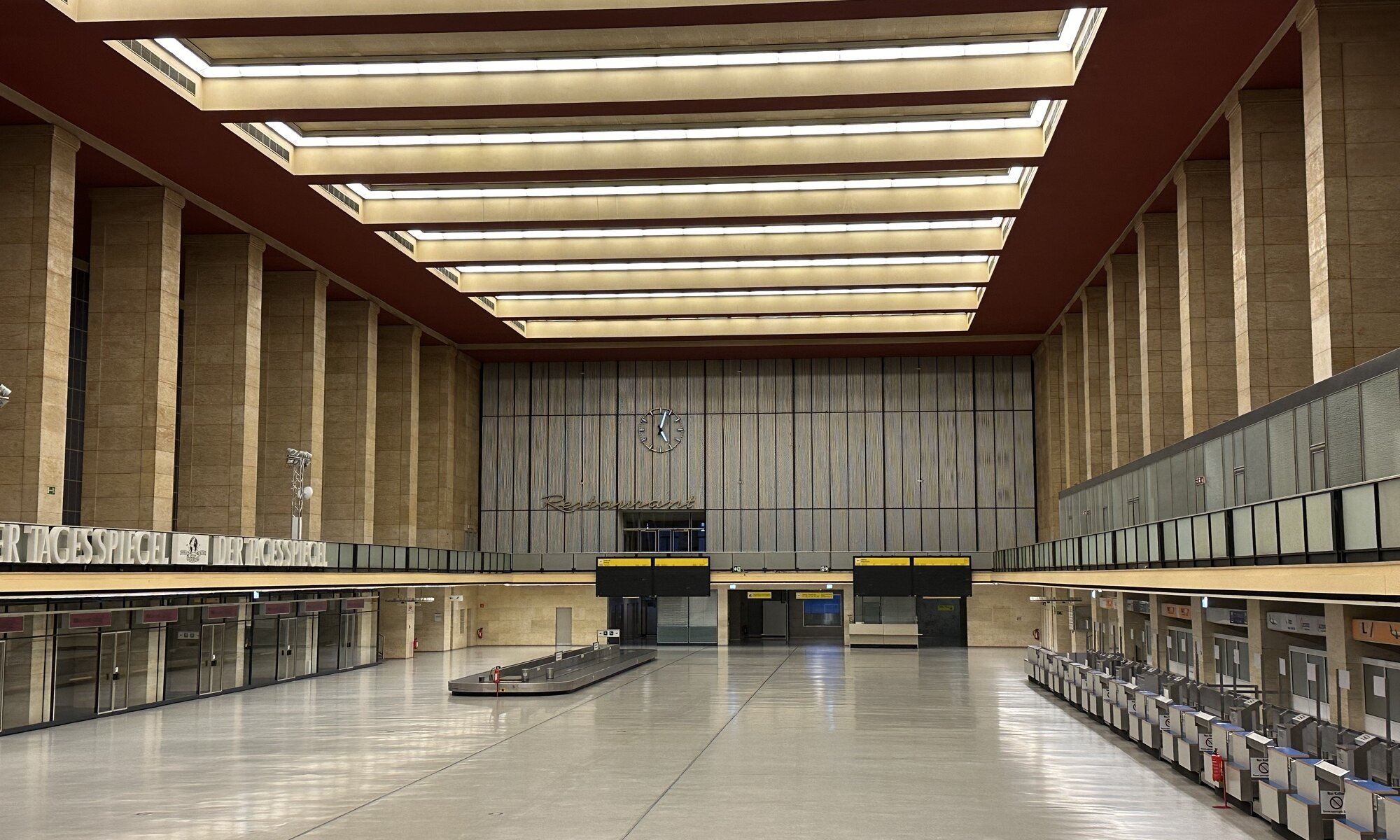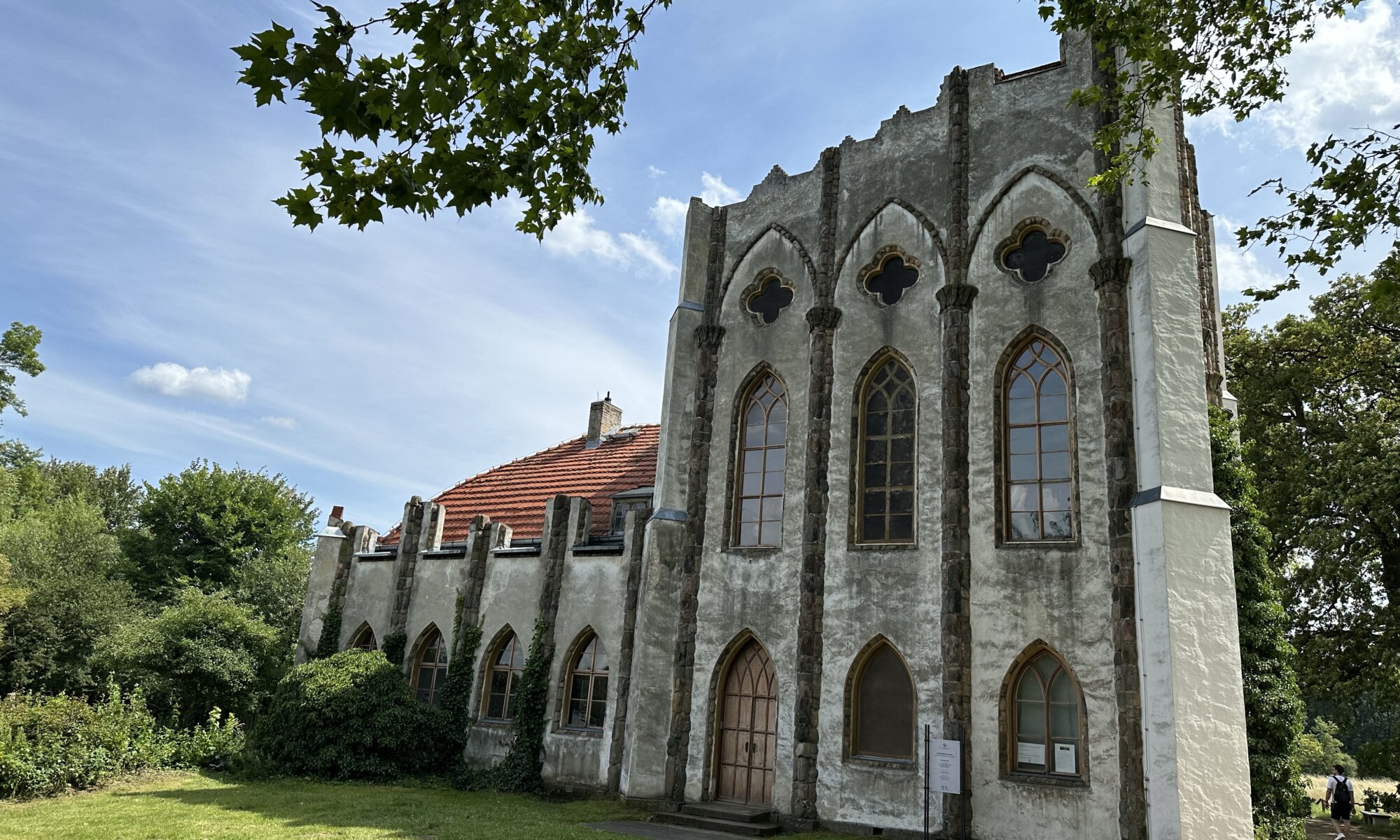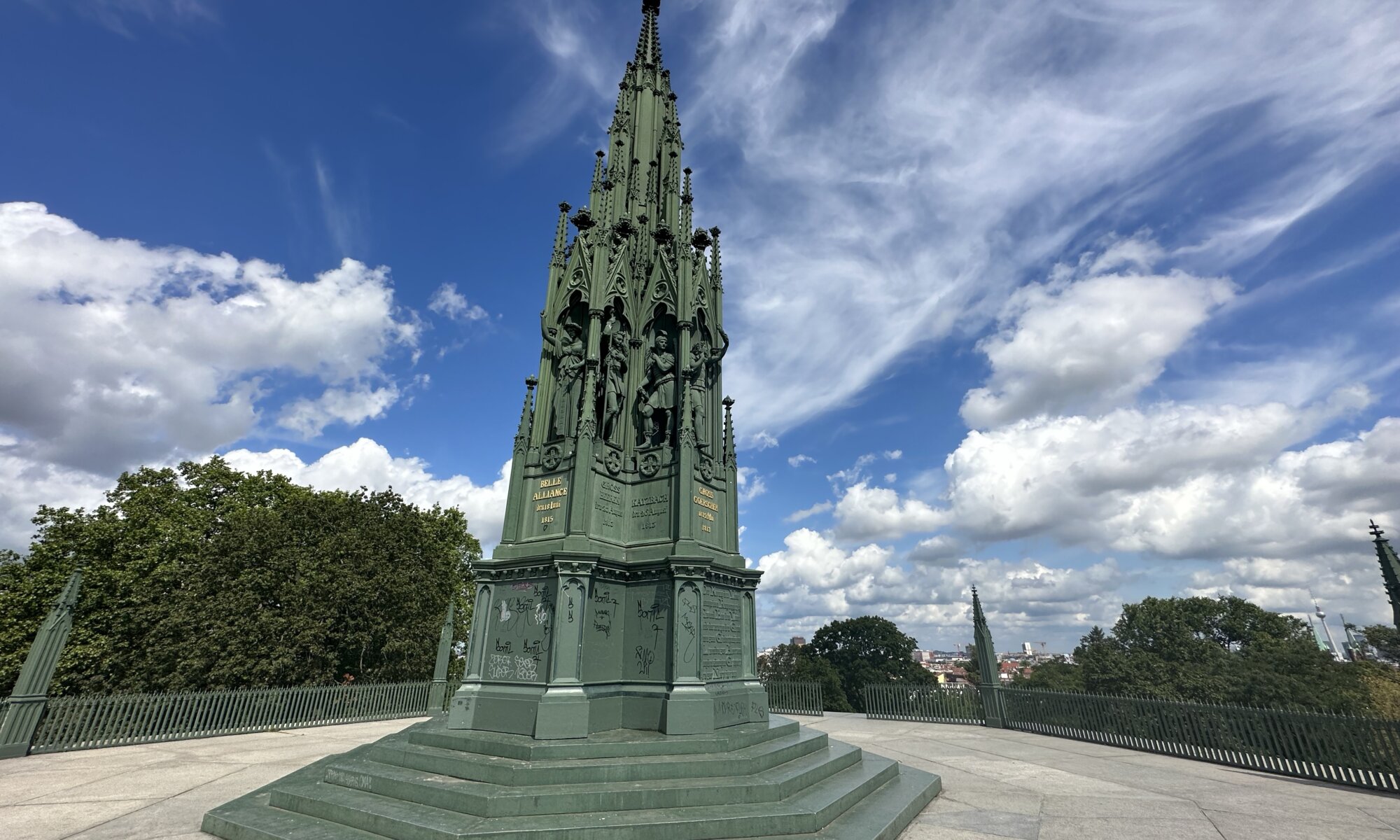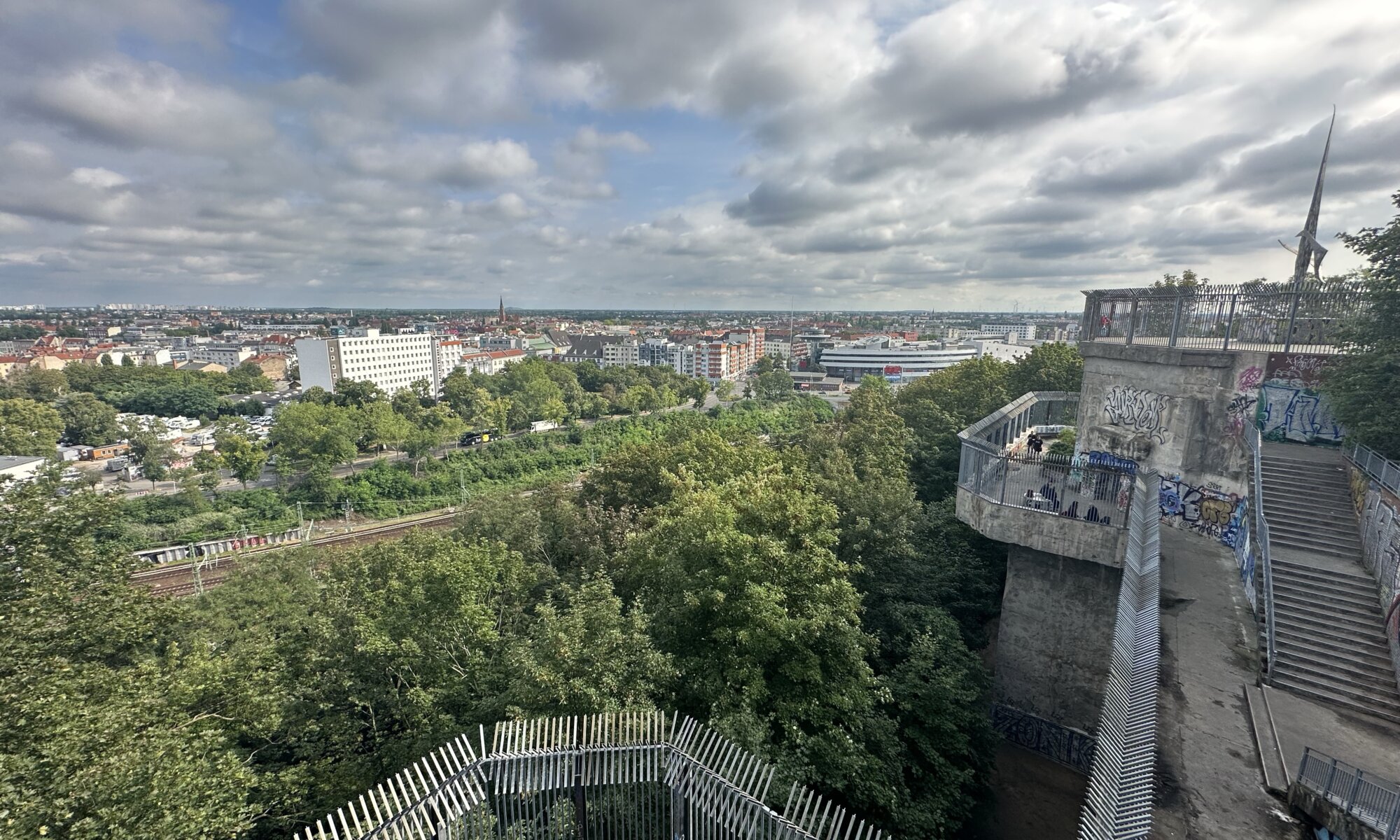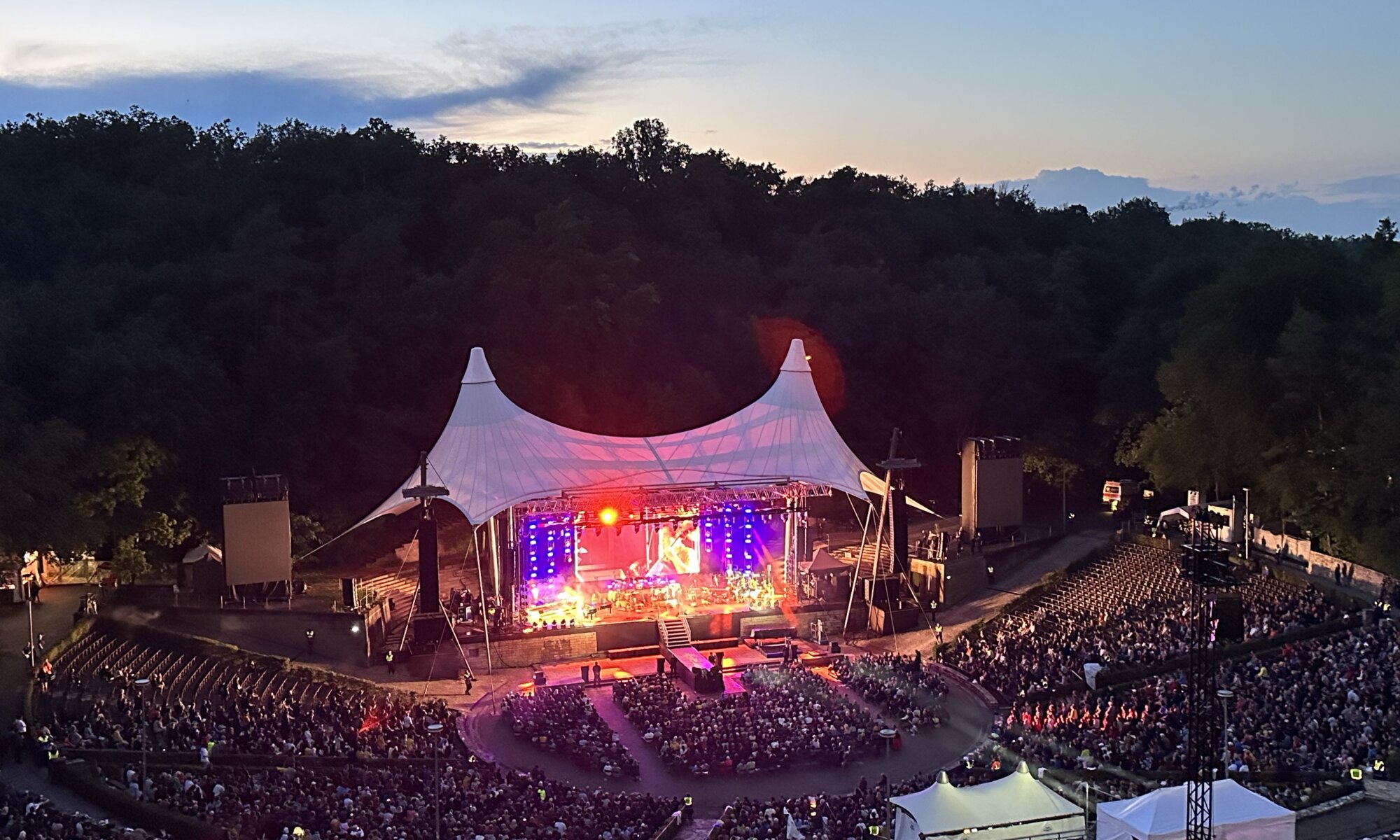The DDR-Museum in Berlin offers a vividly immersive journey into life behind the Iron Curtain, capturing the everyday experiences of citizens in the former East Germany. Unlike many traditional museums, it favours interactivity, encouraging visitors to open cupboards, sit in reconstructed living rooms, or even take the wheel of a Trabant car in a simulated drive. Its design brings history to life not only as political or military events but also through the objects, fashions, and domestic routines that defined existence in the German Democratic Republic. The museum’s central character lies in its hands-on approach, inviting curiosity and participation rather than passive observation.
Continue reading “East Germany”GenZ history
The Deutschlandmuseum at Potsdamer Platz in Berlin is a relatively new addition to the city’s diverse museum landscape, yet it distinguishes itself by its unusual approach. Unlike the grand and expansive historical museums that line Unter den Linden or the halls of Museumsinsel, this is a small, multimedia-driven space that condenses centuries of German history into a compact and fast-paced format. It has been designed very much with a young, digitally oriented audience in mind, offering the story of the nation in a style that is compared to a ‘fast-food’ experience of history – quick, accessible, and instantly engaging. Visitors step into an environment where the line between exhibition and entertainment blurs, experiencing history as a walk-through spectacle rather than as a quiet study.
Continue reading “GenZ history”Careless whisper
Honestly, I would have never found the Bellboy Bar at Berlin‘s Gendarmenmarkt on my own. I’ve slept multiple times at the Hilton hotel but never discovered the inconspicuous door not far from the hotel entrance. And not having been there would have been a real loss; I didn’t have so much fun in many bars across the globe like I did there. It is an amazing combination of atmosphere, drinks and playful surprises.
Continue reading “Careless whisper”Berlin-Brandenburg
After World War II and during the occupation of Germany the four allies had ‘their’ airports at Berlin: Schönefeld (SXF) was used by the Russians, Tegel (TXL) by the French, Gatow (GWW) by the British and Tempelhof (THF) was the US airbase. The German reunification then created the need to change airport infrastructure at the German capital city. A decision was made to extend the Schönefeld airport to become the new Flughafen Berlin Brandenburg (BER) and to name it after former German chancellor Willy Brandt.
Continue reading “Berlin-Brandenburg”Verōnika
If you’re looking for a great bar or high-class restaurant at Berlin, the Verōnika at the Oranienburger Straße is a very good option. Apart from good food and drinks this place offers a very special atmosphere which is created by murals, graffito and the historic architecture the restaurant resides in. Berliners know this place as the Tacheles-Gebäude, a cultural center created by the artist group Tacheles by occupying the building in 1990 before it could be torn down. At lasted in this place until 2012.
Continue reading “Verōnika”Zentralflughafen
The Tempelhof airport (THF) at Berlin was one of the earliest public airports at Germany operating between 1923 and 2008. During this time it was continuously extended and was ahead of its time: with hotels, restaurants and a subway stop directly next to it. Today it is replaced by the new Berlin airport (BER), the historic building is used for offices and the former airfield is now a vast park known as the Tempelhofer Feld, larger than the country San Marino. Additionally you can book guided tours at the former airport to experience the special architecture.
Continue reading “Zentralflughafen”Pfaueninsel
The German capital city Berlin stands for history, politics, art, culture and party. For tall buildings, monuments and endless streets. There are the rivers Spree and Havel; you can find many parks, but to relax in nature you also never need to ride very far. A good option for this is the Pfaueninsel (‘peacock island‘), a river island within the Havel close to the ‘border’ to Potsdam. It is since 1990 part of the UNESCO World Cultural Heritage at Berlin and only accessible by ferry boat.
Continue reading “Pfaueninsel”Viktoriapark
The Kreuzberg is with 66 meters height the highest elevation of Berlin. Since the 15th century this ‘mountain’ was used to grow wine grapes. Today it is covered by a nice park that many Berliner use for a walk. On its top you’ll find the Prussian National Monument for the Liberation Wars – it was erected in 1821 after the victory against Napoleon Bonaparte in 1815. Initially it was planned to create a vast church in Gothic-style to commemorate this, but it was to costly.
Continue reading “Viktoriapark”Flakturm Humboldthain
The Volkspark Humboldthain is a beautiful garden in the north of Berlin. Construction works started in 1869 at the 100. anniversary of the birth of Alexander von Humboldt. It includes a nice rose garden and since 1942 a massive amount of concrete: with the use of forced labor a high-rise bunker with an anti-aircraft warfare position was built, the Flakturm Humboldthain. Flak is an abbreviation for Flugabwehrkanone meaning anti-aircraft gun.
Continue reading “Flakturm Humboldthain”Waldbühne
The Waldbühne Berlin is a fantastic open-air stage in the Murellenschlucht valley close to the Olympiastadion of Berlin. More than 22,000 persons can attend concerts and other events there; the biggest outdoor stage I’ve ever seen. It was built in 1936 for the Olympic summer games following the design of a Greek theatre. The creation was initiated by Joseph Goebbels and the layout included a VIP box for Adolf Hitler. You can still today guess in which time it was built by looking at the artworks at the entrance gates.
Continue reading “Waldbühne”